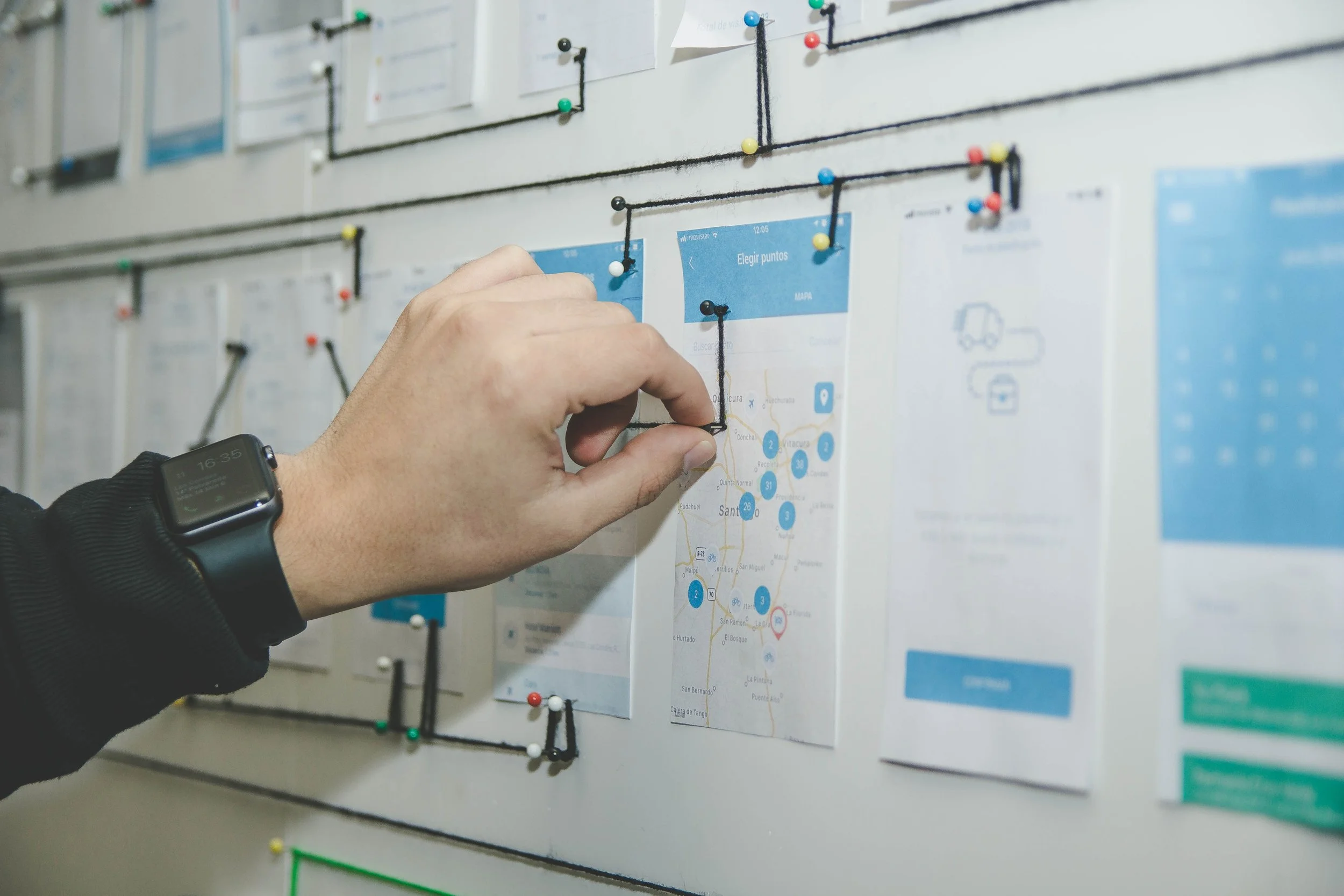Why UX Design Can Make or Break Your Advanced Software Product
As software becomes more advanced, it also becomes more complex. It’s also become more accessible, with huge numbers of solutions on the market. How is this changing software development? Companies are upping their game when it comes to the experience their software provides because they can no longer rely solely on the backend technology to capture loyal customers.
User experience is not a new concept. We are just applying it to a new field. Think about all of the entertainment events you have gone to throughout your life. Someone behind the scenes was busy designing that experience for you to enjoy. Now the same can be said of the software we use.
So what is User Experience Design (UX) in the context of the technology industry? It’s the process of creating products that provide meaningful and relevant experiences to users. This involves the design of the entire process of acquiring and integrating the product, including aspects of branding, design, usability, and function.
UX requires more than a pretty and functional product interface. UX is about understanding the value you want users to gain from your product and how your product will guide users to this value.
Why Can UX Make or Break Advanced Software Products?
Adoptability
If the complexity of your software bleeds into the product experience, you could face major resistance from users. People don’t want to waste precious time trying to figure out how to use your product. According to a study done by Microsoft, the average human attention span has dropped to just 8 seconds while the number of tasks and the speed at which we are expected to perform those tasks is rising.
People simply don’t have time for complicated products.
Integrating a new software product into existing systems is already a sizable investment in time and dollars. If users don’t immediately feel the value, the ROI of your product drops and you could be dealing with some very unhappy customers.
On the other hand, great UX can speed up adaptability, ease skepticism of a new product, and establish long-term brand loyalty.
Differentiation
The technology industry is far more saturated today than it was 10 years ago. This means users have countless options. So many of these products leverage similar technologies and often perform the same functions. While finding the right product can be overwhelming, it can also drive users to latch on to that one product they find that exceeds their needs.
How can you make your product the standout option?
UX provides a great opportunity to differentiate from competitors. If your product helps users meet their needs with ease, there is a high chance they will choose your brand. However, if it takes a lot of time and energy to get answers, they will move on to the next thing.
The workplace chat app, Slack, is a great example of differentiation via UX. Slack’s founders recognized their app wasn’t the first workplace communication tool and turned to UX to differentiate the feel, look, and even sound from its competitors. Their choice to focus on experience paid off to the tune of $2.8 billion dollars.
The bottom line is optionality gives users an easy solution to poor products. They simply move on. But, a great experience can hook users and capture brand loyalty, building strong barriers against your competition.
New Opportunities
Paying close attention to UX can generate valuable insights about how users interact with your product. Like Agile or DevOps, UX is a continuous process. User feedback, direct or implicit, is essential to continuously improve your product’s experience. The feedback can also provide insights that lead to new features or entirely new products.
UX design is critical to the success of a new or existing software product. Users are decision makers with limited time and an overwhelming number of options. If you don’t offer the best experience, they move on to the next competitor. In the case of advanced software, it's important to work with UX experts that also understand the backend complexity of the product. Remember UX is not just a pretty interface, it's about creating an integrated experience that takes users on a smooth ride to their desired destination.
Subscribe
Sign up to receive updates and announcements from DynAgility.








